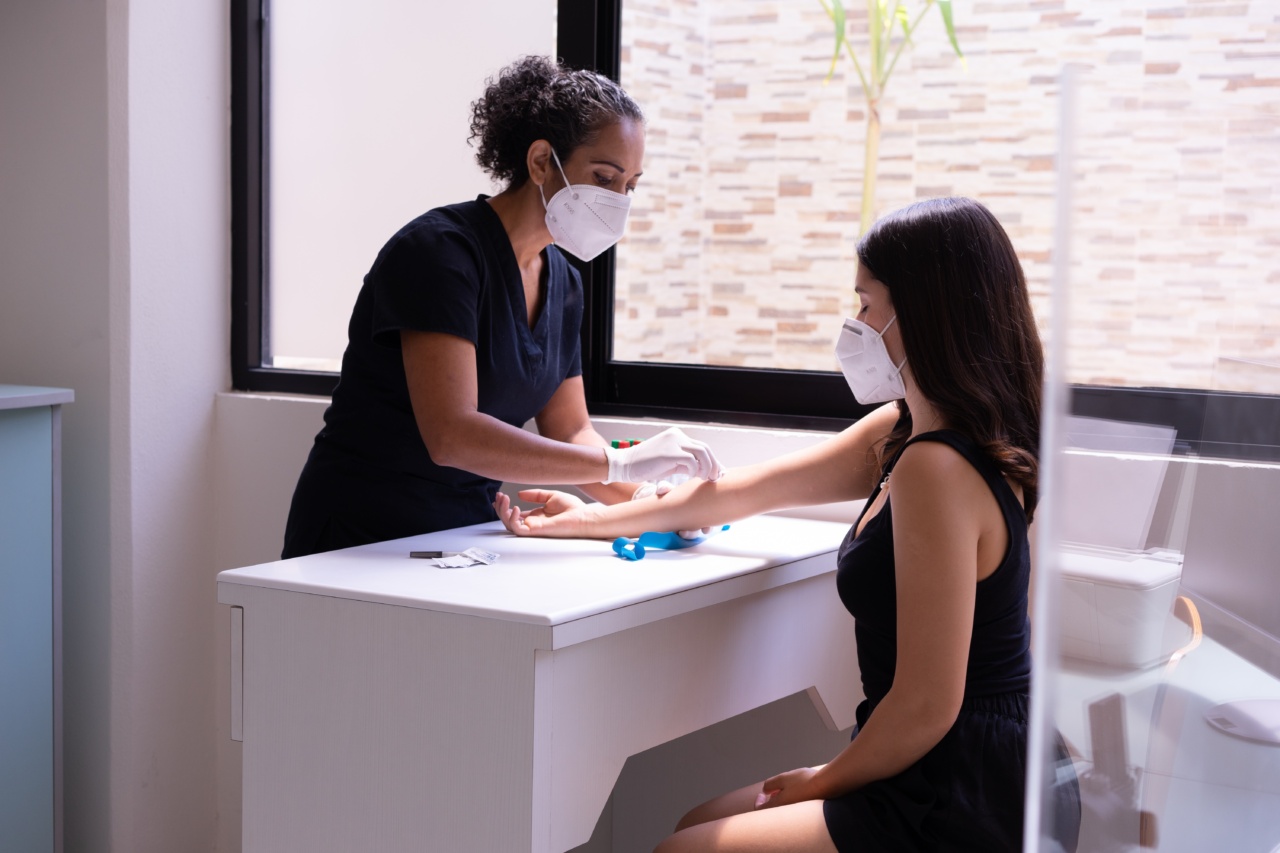Alternate shifts can expose women to higher risks due to the nature of work hours. A report published by The Bureau of Labor Statistics estimates that over 24% of women work in alternative shifts, making this issue a serious concern.
What are Alternative Shifts?
Alternative shifts refer to any work schedules that differ from the traditional 9 to 5, Monday to Friday work hours. This often includes working night shift, early morning shift, or rotating shifts.
Physical Stresses
Women working in alternate shifts often face physical stress as their body is syncopated with their new work schedule. Due to this, they may experience fatigue, insomnia, and digestive issues such as Irritable Bowel Syndrome (IBS).
This can lead to poor health outcomes and adversely affect the immune system.
Sleep Deprivation
Women working in alternate shifts are often deprived of sleep due to the change in their work schedule. Sleep deprivation can affect judgment and can lead to serious health problems such as obesity and diabetes.
In addition, this often results in morning drowsiness and can lead to transportation accidents.
Violence in the Workplace
Women working in alternate shifts are more prone to violence in the workplace. During night shifts, there are fewer people around, and managers also tend to pay less attention to safety precautions.
This makes it easier for sexual harassment and other forms of violence to occur. Female employees should always report any form of harassment at work and avoid working late without safety measures in place.
Social Isolation
Alternate shifts also make it difficult for women to interact with people outside of their work environment resulting in feelings of isolation. This can lead to depression, anxiety, and other mental health issues.
Women must make an extra effort to maintain healthy relationships outside of work.
Accidents and Injuries
Working in an alternate shift can increase the risk of accidents and injuries. This is because alternate shifts often mean that people are working when they would normally be sleeping.
This can make things more difficult to remember instructions, and handle machinery or equipment resulting in accidents, and injuries.
The Importance of Employer’s Responsibility
Employers play a significant role when it comes to the safety of women at work. To help mitigate the risks facing women working in alternate shifts, employers should take the following steps:.
- Provide resources and tools to help women maintain good health and fitness levels.
- Encourage women to take breaks and provide relaxation spaces or areas of rest to help alleviate stress and fatigue.
- Ensure proper training in using machinery and equipment.
- Provide safety measures on the workplace premises.
- Organize transport or ensure use of safe transportation to and from work.
- Provide emergency communication channels to contact first responders in case of an emergency.
Conclusion
Many women continue to work in alternate shifts given their own unique situations. Although this work schedule can be challenging, it is important for women to manage their well-being to reduce the potential risks of working in these conditions.
Employers and other companies must consider their responsibility to ensure the safety of female employees and take the steps necessary to mitigate risks.





























